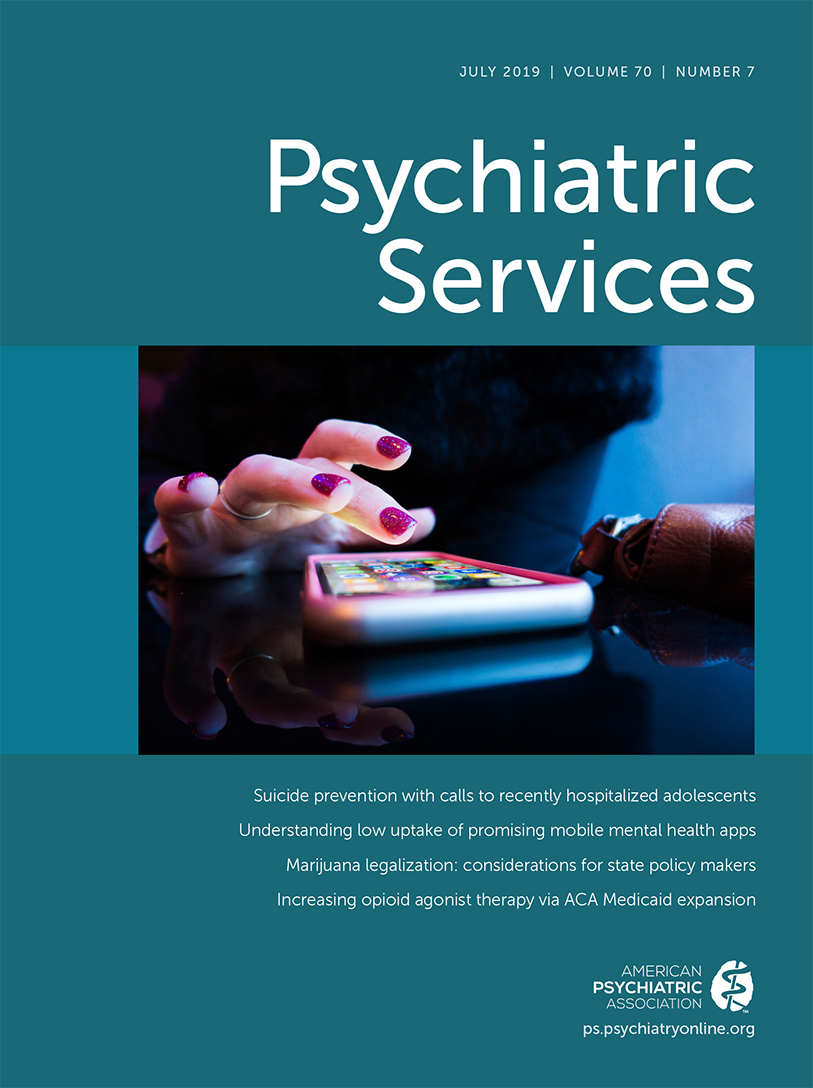Factors Associated With Use of Mental Health and Substance Use Treatment Services by Justice-Involved Youths
Abstract
Objective:
Nonincarcerated (community-supervised) youths who are first-time offenders have high rates of mental and substance use disorders. However, little is known about their use of psychiatric services (mental health and substance use) or factors associated with service use. This study examined the prevalence, determinants, and barriers to service use among community-supervised youths.
Methods:
Data were from a longitudinal study of mental health and substance use outcomes among adolescents ages 12–18 from a northeastern family court in which caregivers and youths completed assessments (N=423 dyads). The Behavior Assessment System for Children, Second Edition, assessed youths’ psychiatric symptoms. The Child and Adolescent Services Assessment assessed service use and barriers. Family functioning and caregiver-adolescent communication were assessed with the McMaster Family Assessment Device and the Parent-Adolescent General Communication Scale, respectively. Multivariable regression analyses examined the cross-sectional relationship between youths’ service use and determinants of use at baseline.
Results:
Of the 423 youths, 49% experienced psychiatric symptoms and 36% used psychiatric services in the past 4 months. The highest adjusted odds of service use were associated with youths’ psychiatric symptoms and caregivers’ history of a psychiatric diagnosis. The lowest odds were associated with caregivers’ identifying as being from racial and ethnic minority groups. Caregiver-reported barriers to service use differed according to prior service use and by caregiver race-ethnicity.
Conclusions:
Results suggest a need for interventions to increase access to and engagement in psychiatric services for community-supervised youths and the importance of caregiver factors in designing such interventions.




